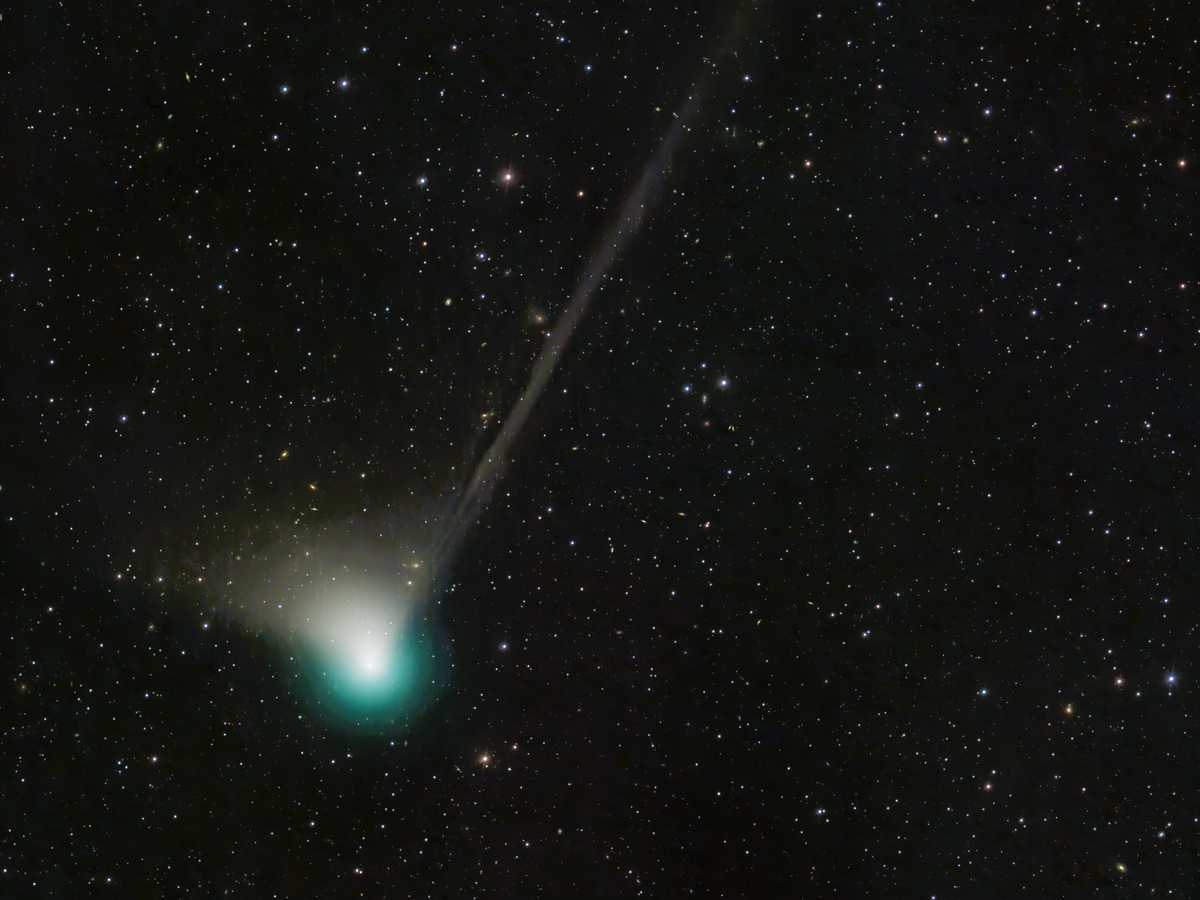Green comet that will be visible from Earth for first time since ice age is undergoing unusual changes

A green comet that will be visible from Earth for the first time since the Ice Age appears to be undergoing unusual changes.
Comet ZTF has created excitement in recent weeks as it has hurtled towards Earth, coming close enough to the planet that it should be visible to the naked eye. It will be the first close approach for 50,000 years, and will reach its closest point on 1 February.
New pictures of the object appear to show that its tail has become detached. Images taken by comet hunter Michael Jäger, for instance, make it look as if the tail is breaking off.
New image processing: C/2022 E3 (ZTF) 2023 jan 17 5.10 UT 5x100sec 11" RASA QHY600 and 5x150sec Leica-Apo-Telyt Nikon Z50mod Michael Jäger pic.twitter.com/249asnu9eW
— Michael Jäger (@Komet123Jager) January 18, 2023
That is probably the result of what scientists call a “disconnection event”, where the tail is carried away by the solar wind. A study in 2018 described that event as the “most remarkable phenomenon” of the plasma tails that form behind such comets.
The phenomenon happens during intense moments of solar wind. That weather separates the tail and the head of the comet, and is thought to be the result of an electrostatic field building up behind it.
In some cases, the disconnection can be so strong that the tail is ripped off the comet.
It has been a busy period for coronal mass ejections, which can cause strong blasts of solar wind. There have been a number of such CMEs that have whipped past the comet, which is coming close to the Earth and Sun at a busy time for solar activity, notes SpaceWeather.com.
Astronomers including those at home will be able to track the comet as it comes closer to Earth, and should even be able to observe the changes in the comet as it does so. As ZTF gets even closer, it and maybe its tail should be visible to the naked eye.
The tail makes up much of what we see in a comet: though the object itself might only be a few miles wide, the tail behind it can stretch for thousands of miles. It is made up of dust that is ejected from the object, thrown out by the heat of the Sun.


